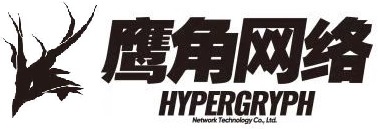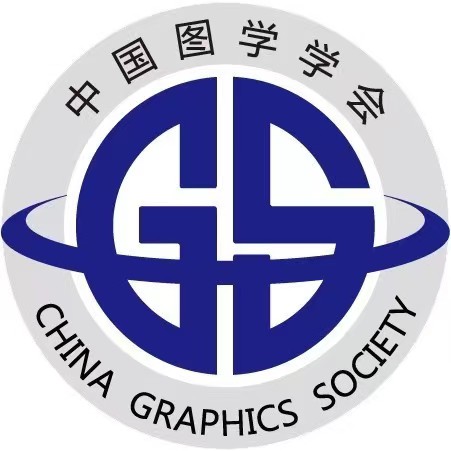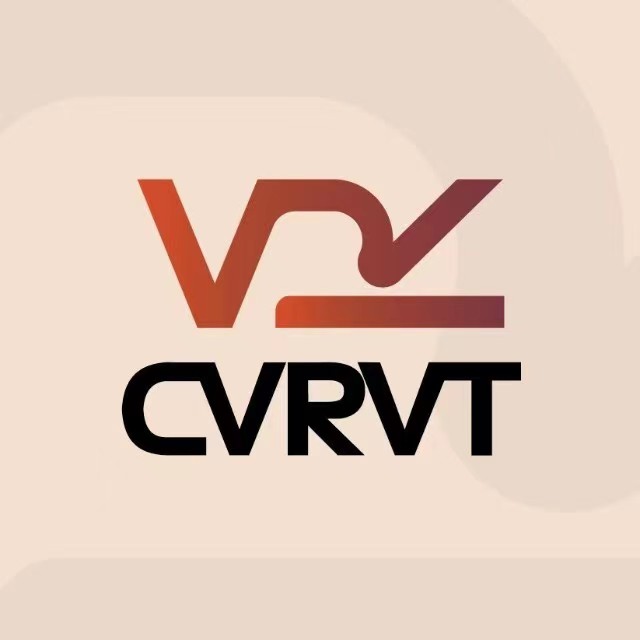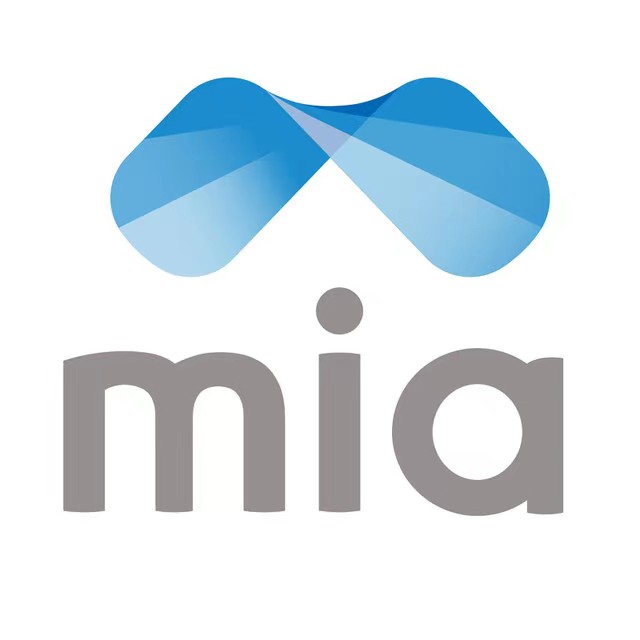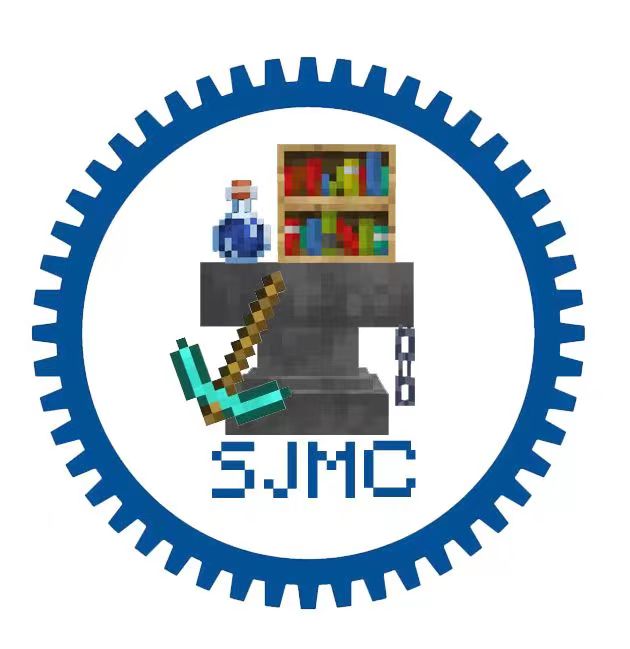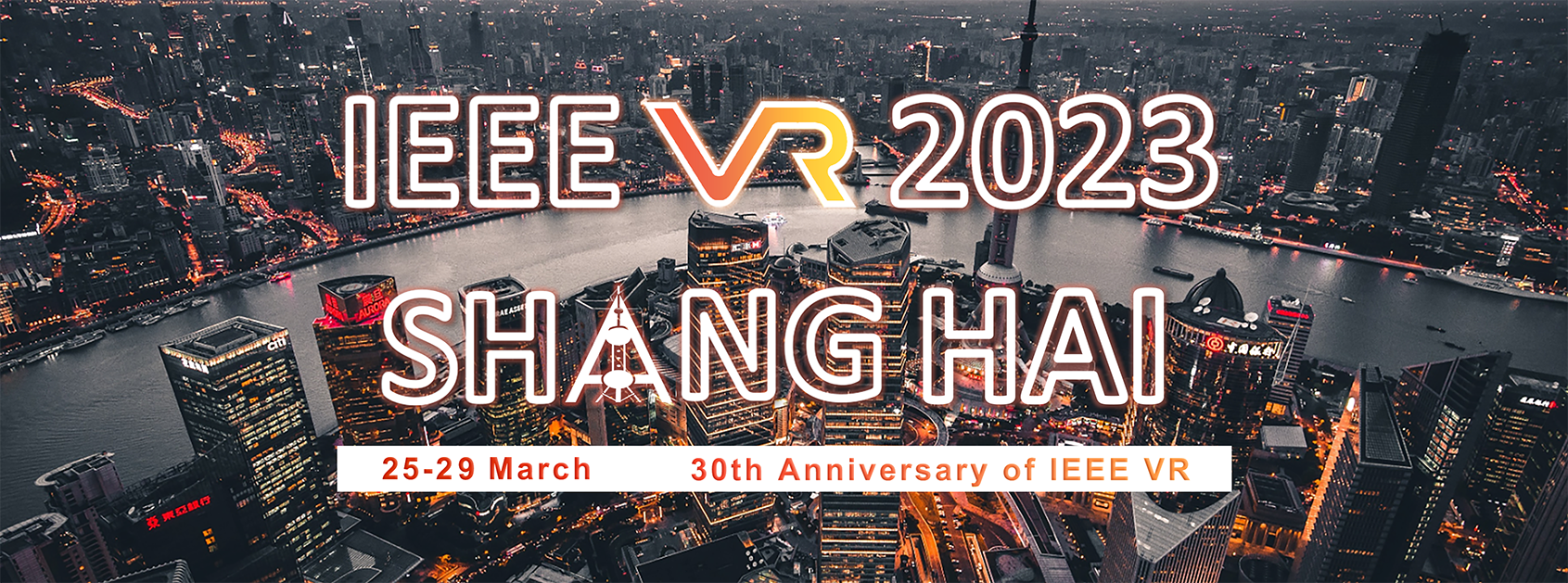
Call for Videos
IEEE VR 2023: the 30th IEEE Conference on Virtual Reality and 3D User Interfaces
March 25th-March 29th, 2023
http://ieeevr.org/2023/
Important Dates
- January 13th, 2023: Submission deadline
- January 27th, 2023: Notification of Acceptance
- February 3rd, 2023: Final materials due
Overview
As a community, we understand that video-based content is an important way to communicate ideas. As such, we invite VR/AR researchers, industry professionals, and enthusiasts to submit videos showcasing VR/AR research, applications, researchers/labs, and other creative work. Submitted videos should either be concerning VR/AR research and application or be designed for consumption in a VR format. This year there are three video submission tracks, including the Technical Video track and the Creative VR track from previous years, and a new Lightning Introductions track. Topics and requirements for each track are detailed below. Accepted video submissions will be featured during the conference and on the IEEE Virtual Reality Conference YouTube Channel.
Lightning Introductions Track
This year, we want to provide new researchers, faculty, and professionals the opportunity to introduce themselves or their lab to the IEEE VR community. Inspired by the ISMAR “Pitch Your Lab” track and the UIST “Lightning Introductions” track, the objective is to provide a platform for incoming community members to advertise and share their research. Like the other video tracks, Lightning Introductions will be presented during the conference. We will feature a playlist with all accepted submissions on the IEEE VR website, including the author's contact information.
Attendees should submit a one to two page abstract that includes:
- a short bio or lab description
- research interests
- motivation to present a lightning talk (e.g., networking or job search)
- contact information
- a link to a website (if available)
Creative VR Track
Submissions to the Creative VR track should be artistic, creative, experimental, narrative, or journalistic in nature and produced in a 360-degree spherical format. Audio-visual immersion and user participation can heighten a viewer’s sense of presence and level of engagement with a presentation form closer to how we perceive and engage with the world around us. Production might be live-action, CGI Omni-directional rendering, visual FX compositing, etc., we are interested in originality and innovation in the design of immersive experiences. The video should also include a title slide at its beginning detailing the title, authors, and affiliations (similar to a typical presentation title slide). Accepted videos will also be prominently displayed during the IEEE Virtual Reality conference.
Submissions should provide a one to two page abstract that includes:
- The motivation behind the piece
- A high-resolution (300 dpi) representative still image
- A short bio on the authors
The abstract will be included in the conference’s electronic proceedings, and the videos will also be prominently displayed during the IEEE Virtual Reality conference.
Entries to the Creative VR Track should be 3 to 8 minutes in length. Abstract and video submission guidelines are outlined below.
Technical Video Track
Submissions to the Technical Video Track should demonstrate preliminary results, consolidated research results, work-in-progress, research/technical demonstrations, and video demos of creative VR/AR experiences. Technical video submissions should be 2 to 5 minutes in length, and comply with the specification outlined below. The video should also include a title slide at its beginning, detailing the title, authors, and affiliations (similar to a typical presentation title slide). Videos submitted in this category should be able to stand on their own, adequately present their topic, and be narrated in English. Accepted videos will also be prominently displayed during the IEEE Virtual Reality conference.
Submissions should provide a one to two page abstract that includes:
- A description of the research/demo/etc. being showcased
- A high-resolution (300 dpi) representative still image
- A short bio on the authors
Entries to the Technical Video Track should be 2 to 5 minutes in length. Abstract and video submission guidelines are outlined below.
Video Format Guidelines
General:
- Your video will need to be submitted via a YouTube link. The YouTube video may be published as either “public” or “unlisted”.
- Titles and credits should not be displayed for more than ten seconds each; the content is the most important part of the video!
- Please follow the YouTube recommended encoding settings (for frame rate and bitrate): https://support.google.com/youtube/answer/1722171
- English subtitles must be included. Youtube will auto-generate these for you, but you should verify that they are correct.
360° Videos:
- Format: Spherical/equirectangular 360-degree format in monoscopic or stereoscopic 3D (top-bottom layout with left on top).
- Minimum Total Resolution: 4k
- Use the YouTube 360-degree Video Metadata App to ensure that your video is recognized as an interactive 360-degree video: https://support.google.com/youtube/answer/6178631
- Aspect ratio is 2:1 for mono or 1:1 for stereoscopic 3D (top-bottom). The recommended horizontal resolution is 4k. YouTube recommends a 16:9 aspect ratio, but the correct 2:1 aspect ratio for spherical projection seems to work as well and is preferred.
- Spatial audio is possible within the YouTube specification (1st order ambisonic): https://support.google.com/youtube/answer/6395969
2D Videos:
- Minimum Resolution: 1080p (HD)
- Aspect ratio: 16:9 (1920x1080 for HD content)
- Videos should be encoded using square pixels for the pixel aspect ratio and disable interlacing.
Special announcement to authors with videos related to their paper/poster submissions:
Please be advised that, although you may have uploaded your video content along with your paper/poster submission through the process outlined through PCS, for any video content to be considered for any of these tracks, it must be submitted again separately through the process outlined within this call.
General Submission Guidelines
Videos must be submitted through a special video slot available at the online submission site - https://new.precisionconference.com/submissions.
Each submission must contain:
- A YouTube link of their video.
- A working link to a downloadable one to two page PDF extended abstract.
Abstracts will be included in the proceedings and will be archived in the IEEE Digital Library, and therefore must be formatted using the IEEE Computer Society format described at http://junctionpublishing.org/vgtc/Tasks/camera.html. Every submission will get one (single-blind) review by a video chair and will be discussed among all video chairs for the final decision.
Contacts
For more information or details on video submission, please contact the Video Chairs (videos2023 [at] ieeevr.org):
- Ye Pan – Shanghai Jiao Tong University, China
- Mauricio Sousa ‒ University of Toronto, Canada
- Jerald Thomas ‒ Virginia Tech, USA

















